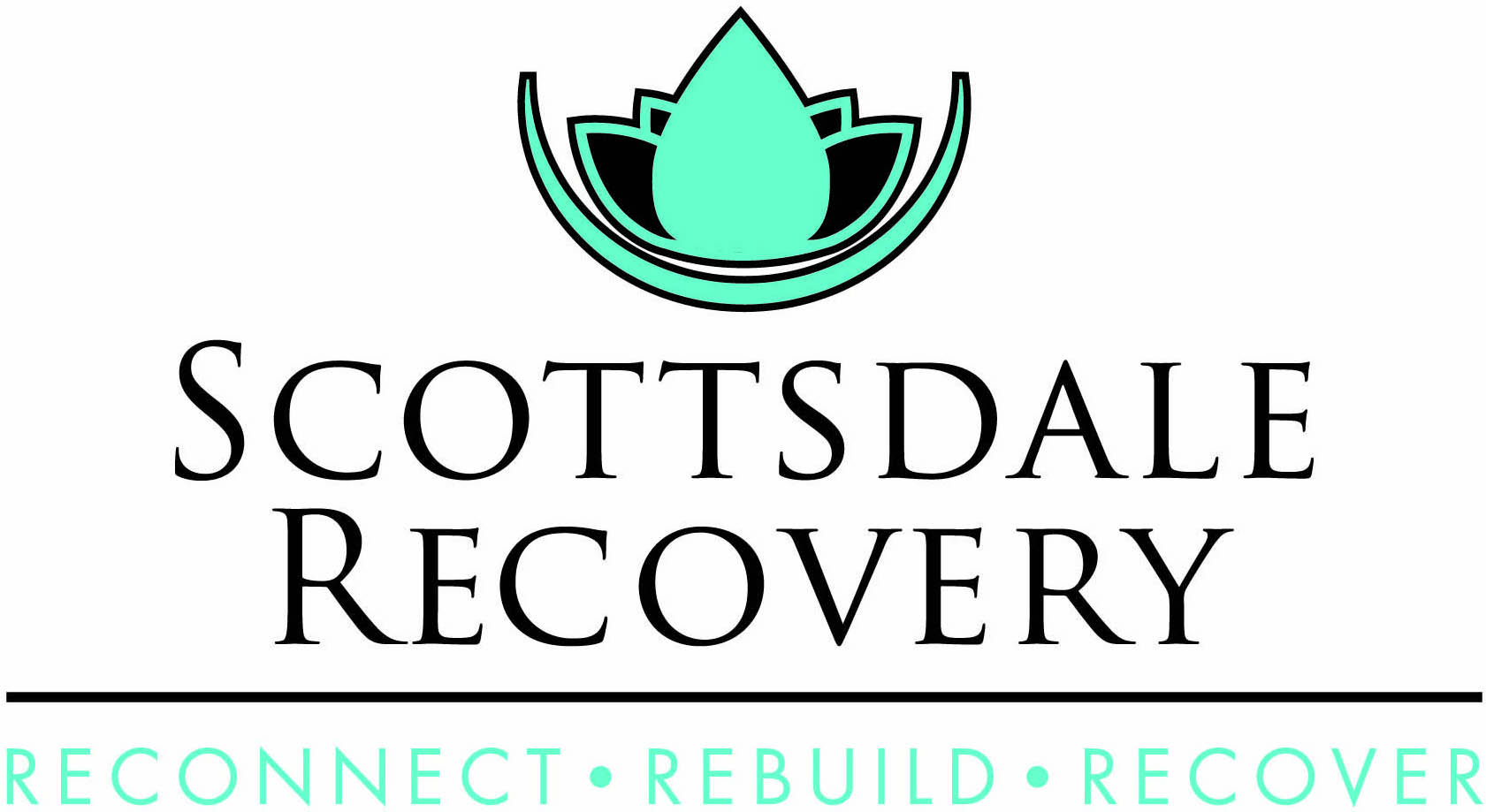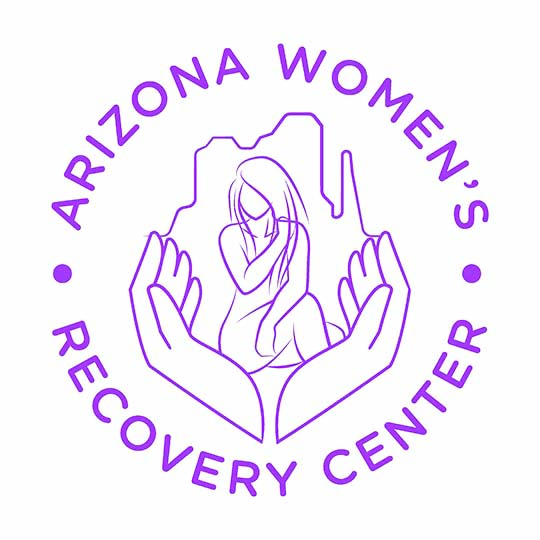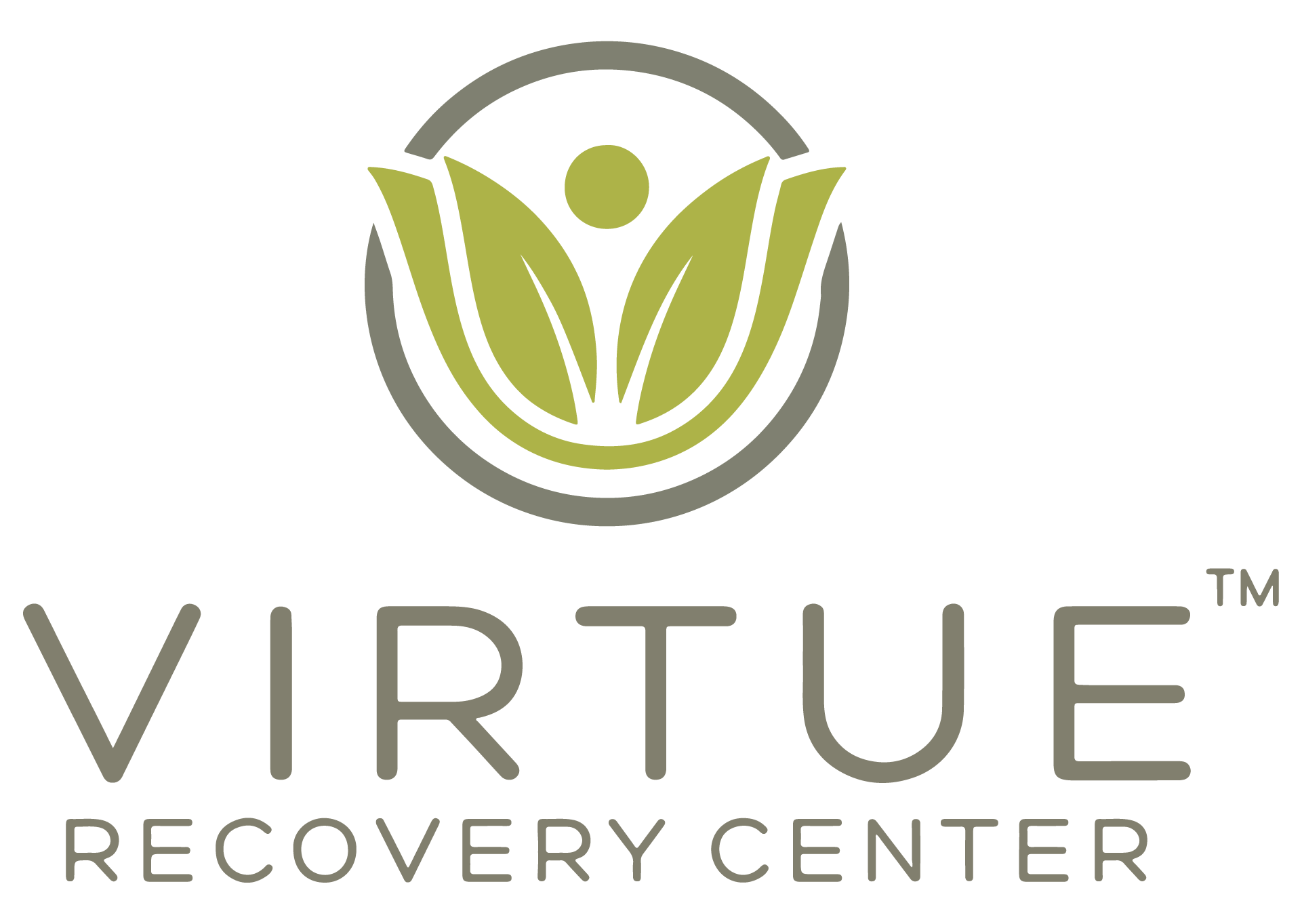Xanax — one of the most widely-abused prescription drugs in this country. As prescriptions for this highly addictive drug rise, the rates of abuse and dependence increase.Xanax is a benzodiazepine...
Xanax — one of the most widely-abused prescription drugs in this country. As prescriptions for this highly addictive drug rise, the rates of abuse and dependence increase.
Xanax is a benzodiazepine in the sedative-hypnotic class of drugs. Generally it is prescribed to treat panic disorder, post-traumatic stress, some forms of generalized anxiety or social anxiety and some phobias. Like other sedative-hypnotics, Xanax is also prescribed for difficulty falling asleep. Benzodiazepines are central nervous system depressants, and like alcohol, work to slow down the brain’s activity as well as block the “alarm system”, which is responsible for excessive levels of anxiety.
Although it may be prescribed legally by a physician, abuse and dependence can occur. For many it is highly addictive.
Crushing and snorting Xanax has become more widespread, making the dangers of this drug even higher. When snorting the effects are felt faster. Abuse among teens is on the rise, as they have easy access out of their home medicine cabinet if a family member is prescribed them as a PRN or as needed.
Xanax bars (known as zanies or planks) are 2mg elongated bars that can be split or quartered. People who are abusing Xanax may take multiple bars at a time or combine them with alcohol or other drugs. One of the effects of a Xanax high is memory loss, causing the user to forget they taken the drug or how much has been ingested. This can lead to overdose.
Signs of Abuse
Indications of abuse are taking higher doses than prescribed, without a prescription, and for the sole purpose of getting high. A person abusing Xanax may exhibit slurred speech, decreased motor coordination, impaired memory, sleepiness, lethargy and lightheadedness. Xanax, especially in larger dosages or combined with alcohol (which is extremely dangerous) can provide a crippling high similar to being drunk, which is achieved quickly, within 5-10 minutes of taking it.
Signs of Dependence
Physical dependence can occur within just a few weeks of taking the drug regularly, even at prescribed dosages. According to the DSM IV-TR, tolerance is one of the hallmarks of dependence. Tolerance develops as the body adjusts to the presence of the substance and requires more of the drug to achieve the similar effects. Once there is physical dependence, withdrawal effects can be felt when stopping the drug immediately. If you are taking a Benzodiazepine, you must consult a doctor before discontinuing the drug, as stopping the drug abruptly will lead to seizures and potentially death.
Xanax dependence tends to develop slowly over time and without the user or family members noticing. However, once a dependence or addiction exists, one will begin to appear “checked out” or “zoned out” frequently.
Xanax Detox
Stopping Xanax or any other benzodiazepine once there is physical dependence can result in seizures, suicidal thoughts and even death, so stopping should be done with medical involvement. Xanax addiction often requires a detoxification period which can last 5-10 days and is done in a medical setting under a physician’s care. Following this, one may, depending on the severity of the addiction, opt to go into a residential treatment facility or intensive outpatient treatment program. Abstinence from all mood and mind altering drugs will be necessary during this recovery process. Ideally constructive coping skills will be learned that will aid in handling anxiety so that addictive drugs are no longer needed.
If you or your loved one is struggling with an addiction to or is abusing prescription drugs, seek help immediately. Prescription drug abuse is dangerous.































